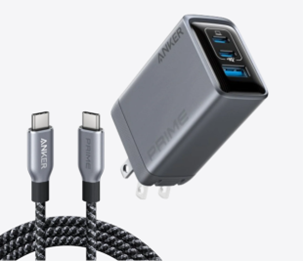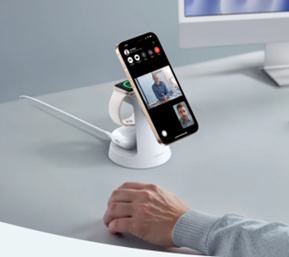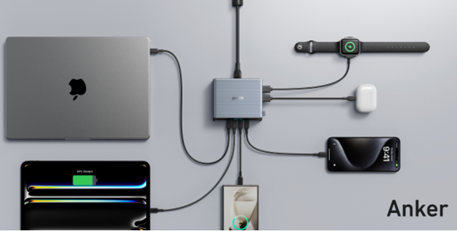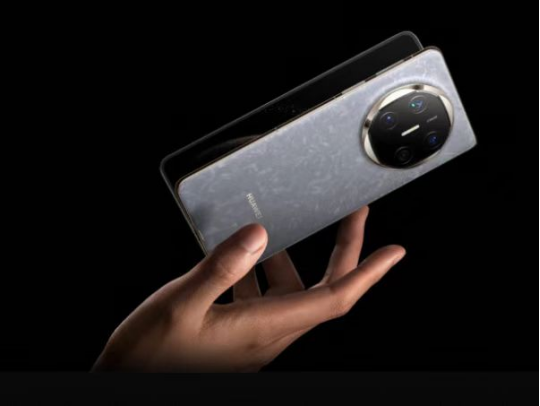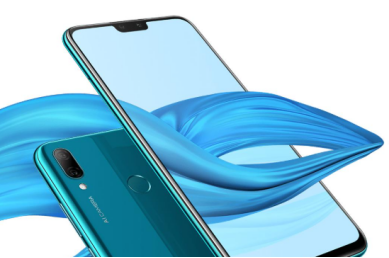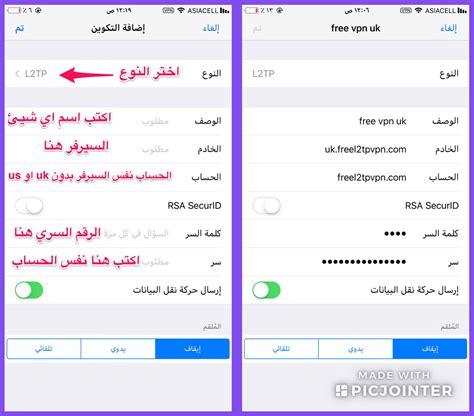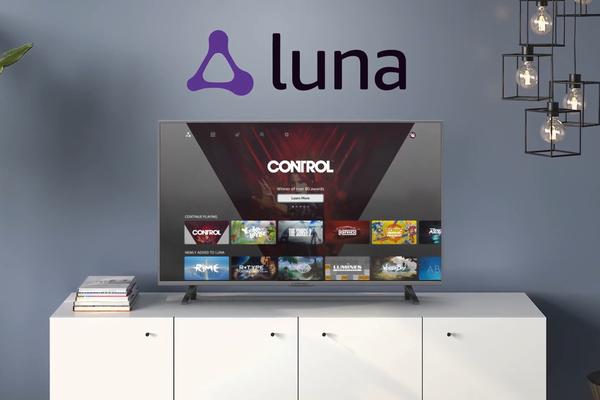A Comprehensive Guide For Mastering The Smartphone Ultra Wide Angle Selfie
In the age of social media and constant digital connection, the art of the selfie has grown into more than just a trend. But it's not just about pointing a camera at your face anymore; it's about capturing the world from your perspective. The ultra wide-angle selfie camera is a game-changer in this field, allowing you to include more of your surroundings in each shot.
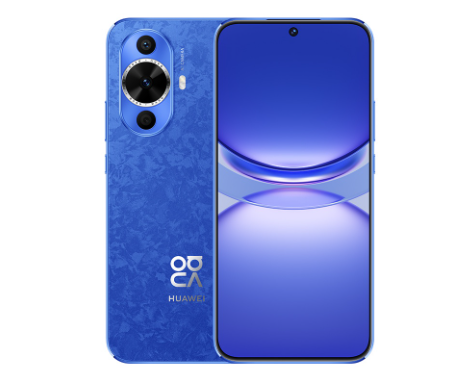
Understanding the Ultra Wide Angle Lens
First, you need a smartphone with ultra-wide angle features to use an ultra-wide-angle camera. The Huawei Nova 12s comes with a 60MP ultra wide-angle selfie camera.
First, you must choose your setting for the perfect shot when using an ultra-wide-angle lens camera. Then framing and composition comes. Now, you need to play with camera settings and techniques. Finally, you need to edit for perfect results. Here is more detail to take perfect shots:
Location
With an ultra-wide angle lens, the location matters more than ever. Choose a spot where the background is as important as the foreground in telling your story. Whether on a mountain peak with the expanse of nature behind you or in a bustling cityscape, ensure the setting complements the narrative you want to share.
Time of Day
Lighting is crucial in photography, and the time of day can affect your ultra-wide-angle selfie significantly. Golden hour, just after sunrise or before sunset, provides a warm, soft light that can add a beautiful tone to your selfies. Alternatively, an overcast day can offer diffuse light that minimizes shadows on your face.
Rule of Thirds
The rule of thirds is a basic compositional technique that can be applied to wide-angle selfies. Imagine your image divided evenly into thirds, both horizontally and vertically, and place key elements of your photo at the intersections of these lines.
Leading Lines
Use natural lines within your environment, such as roads or buildings, to lead the eye toward the main subject of your selfie. This technique can create depth and add to the drama of wide-angle scenes.
Distortion
Ultra wide-angle lenses can produce distortion, especially around the edges of the frame. Keep this in mind when framing your shot. Placing yourself too close to the edge can result in an unflattering appearance due to elongation or warping.
Focusing
Set your camera to autofocus, making sure it locks onto your face. For most smartphones, tapping on the screen where your face is will ensure sharp focus where it matters most.
Exposure
If your camera offers manual exposure adjustments, ensure the image is sufficiently light and clear. Most smartphones offer a 'tap to adjust' feature where you can tap the brightest part of your selfie and drag it down to darken or up to lighten the exposure.
Using a Timer or Remote Shutter
When taking a wide-angle selfie, especially if you want to capture more of the scene, it's best to set up your camera and use a timer so you have a moment to compose yourself and the shot. Alternatively, a remote shutter can offer the same benefit without the rush.
Cropping
If the distortion from the ultra-wide angle is too much, or you find that the composition could be improved, don't hesitate to crop the image slightly. This can help in creating a more balanced and pleasing image.
Adjusting Perspective
Many photo editing apps offer tools to adjust perspective. This can help straighten lines that appear to converge and correct some of the distortions caused by the lens.
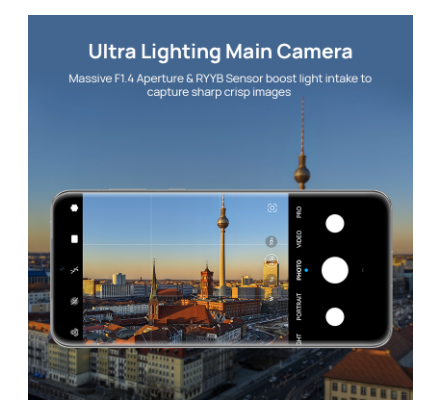
Enhancing Vibrance and Saturation
Because ultra wide-angle lenses capture more scenery, enhancing the colors can make your image pop. Use your photo editing app to subtly increase the vibrance or saturation for a more engaging picture.
Conclusion
The Ultra wide-angle selfie camera smartphone invites you to capture more than just your face; they bring your surroundings into storytelling. By understanding how to properly use them through attention to composition, camera settings, and post-processing, you can produce captivating selfies that stand out with your smartphone.

